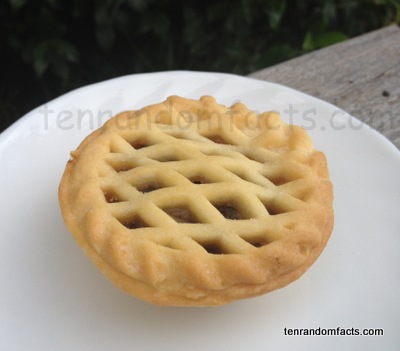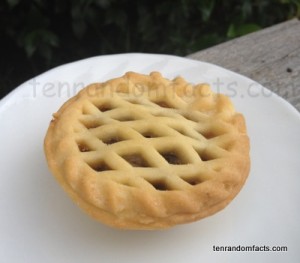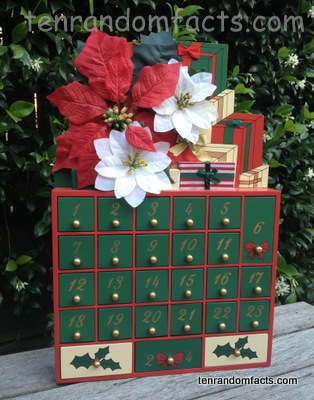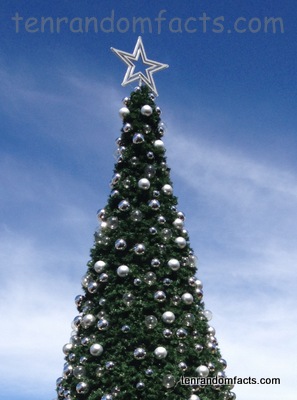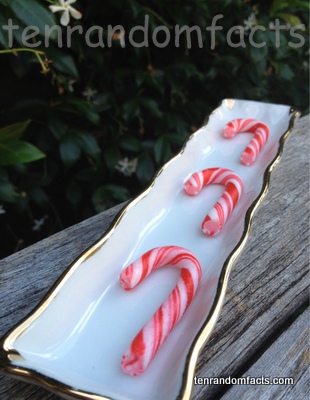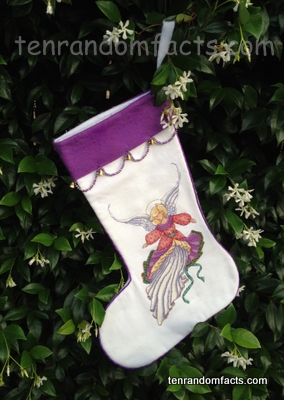
Stuff it full of presents, please.
- A Christmas stocking is typically a sock or sock shaped bag.
- Christmas stockings are traditionally hung on Christmas Eve, ready to be filled secretly with presents during the night, which are usually opened the next morning.
- Santa is said to put gifts in Christmas stockings, for good boys and girls.
- There is no written history of the Christmas stocking, although there are many legends of how the stockings came about.
- The Children’s Society produced the largest Christmas stocking made in December 2007, and measured 32.56 meters (106 feet and 10 inches) in height and 14.97 feet (49 feet 1 inch) in width, and contained 1000 presents.

- Christmas stockings are traditionally placed near a fireplace, although some people place them under their Christmas tree or hang them on the end of their bed.
- Christmas stockings were traditionally filled with food to eat, and sometimes small gifts.
- The Christmas stocking tradition started in Europe.
- Christmas stockings traditionally have the owner’s name written on them, so that Santa knows which presents belong to each person.
- Christmas stockings were originally plain socks, but soon, stockings made especially for the purpose of holding gifts, were designed.



